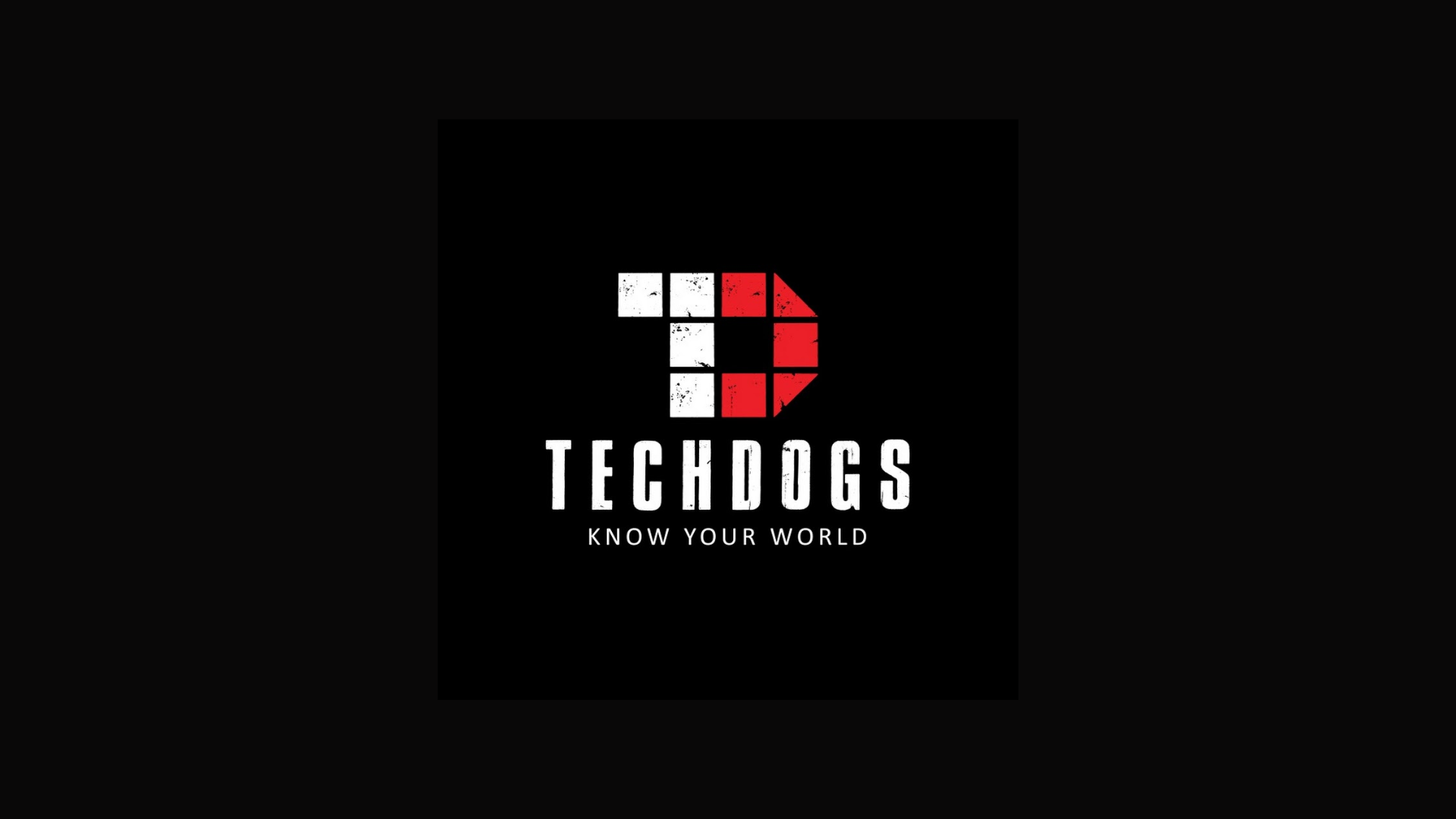Deloitte’s 5 Blockchain Trends for 2020 report suggests that while investment in blockchain is down, “as the technology matures, we have seen a move away from experiments toward the development of robust enterprise ready solutions.” Gartner itself puts 2023 as the date when small experimental projects become scalable solutions. In other words, we’ve seen the nadir, and the only way is up.
Some recent comments suggest, however, that there’s a long way to go with blockchain, and some major stumbling blocks.
Blockchain, the amazing solution for almost nothing in Dutch publication The Correspondent is as damning as the headline suggests—it tells of projects without a blockchain winning blockchain awards and malicious users uploading illegal material that cannot then be erased. But the most damning part is on blockchain’s use of energy. By design, blockchain is inefficient, requiring miners to waste energy solving complex calculations. Decentralisation comes at a cost, and the cost is massive:
The two biggest blockchains in the world – bitcoin and Ethereum – are now using up the same amount of electricity as the whole of Austria. Carrying out a payment with Visa requires about 0.002 kilowatt-hours; the same payment with bitcoin uses up 906 kilowatt-hours, more than half a million times as much, and enough to power a two-person household for about three months.
There’s no way that a single payment using that much energy can be scalable. If blockchain is going to escape the trough of disillusionment, this problem needs a solution.
There are two main ways forward. One is pretty simple, make sure that the energy being used to power is renewable. If only wind, solar and wave energy is used for blockchain transactions, then it’s not a burden on the environment. “Curtailment” is the name given to problem of excess energy generated by renewable sources but not used by the electricity grid, sometimes because the construction of turbines and solar panels is outpacing the infrastructure that can handle this extra power. Datacentres in the right areas could make use of this.
The other solution is to change how blockchain works. At the moment, those difficult sums that makes the blockchain decentralised is the “proof of work”. It’s difficult to produce but easy to verify. Miners compete to produce this work, and if they do, they’re rewarded. This makes the blockchain trustworthy, but it’s also why it’s so energy inefficient.
The other way of doing this is “proof of stake”. The person who creates the next block on the blockchain is selected based on how much they have invested in that particular blockchain. Rather than using computing power to solve a puzzle and prove that work has been done and earning fees, the fees and the ability to “forge” a block will go proportionately to those who own and have “frozen” coins on that blockchain. No need to join a mining pool or buy expensive equipment, anyone can join in.
Ethereum has decided that this is the future, and at the time of writing its delayed test Ethereum 2.9 system is up and running but a go-live date is yet to be announced. While it’s not the first, the second-biggest cryptocurrency going down this route suggests it has a future.
It’s not without its detractors. Craig Wright, the man who controversially claims to have invented Bitcoin, has said that blockchain without proof of work isn’t really a blockchain, and that the system is open to fraud if an investor can secretly own and control more than 50% of the network.
The problem blockchain faces right now is familiar. Just as the tech itself has its adherents and detractors who can let enthusiasm tip over into zealotry, now the church has a schism. But without a solution to its energy problem, blockchain will struggle in a world that is increasingly concerned about how its resources are used. If Proof of Stake isn’t the answer, the industry needs to quickly ask: what is?













